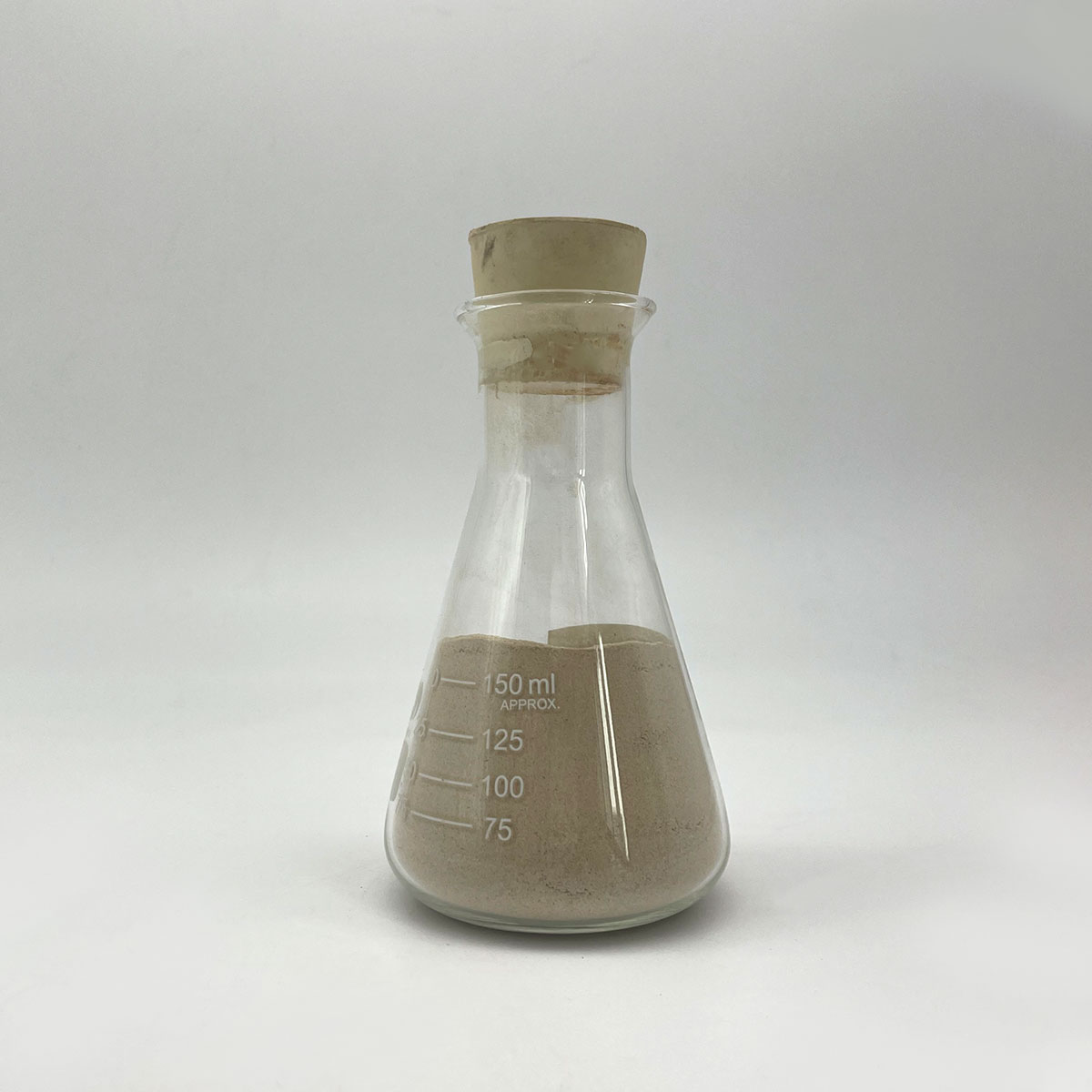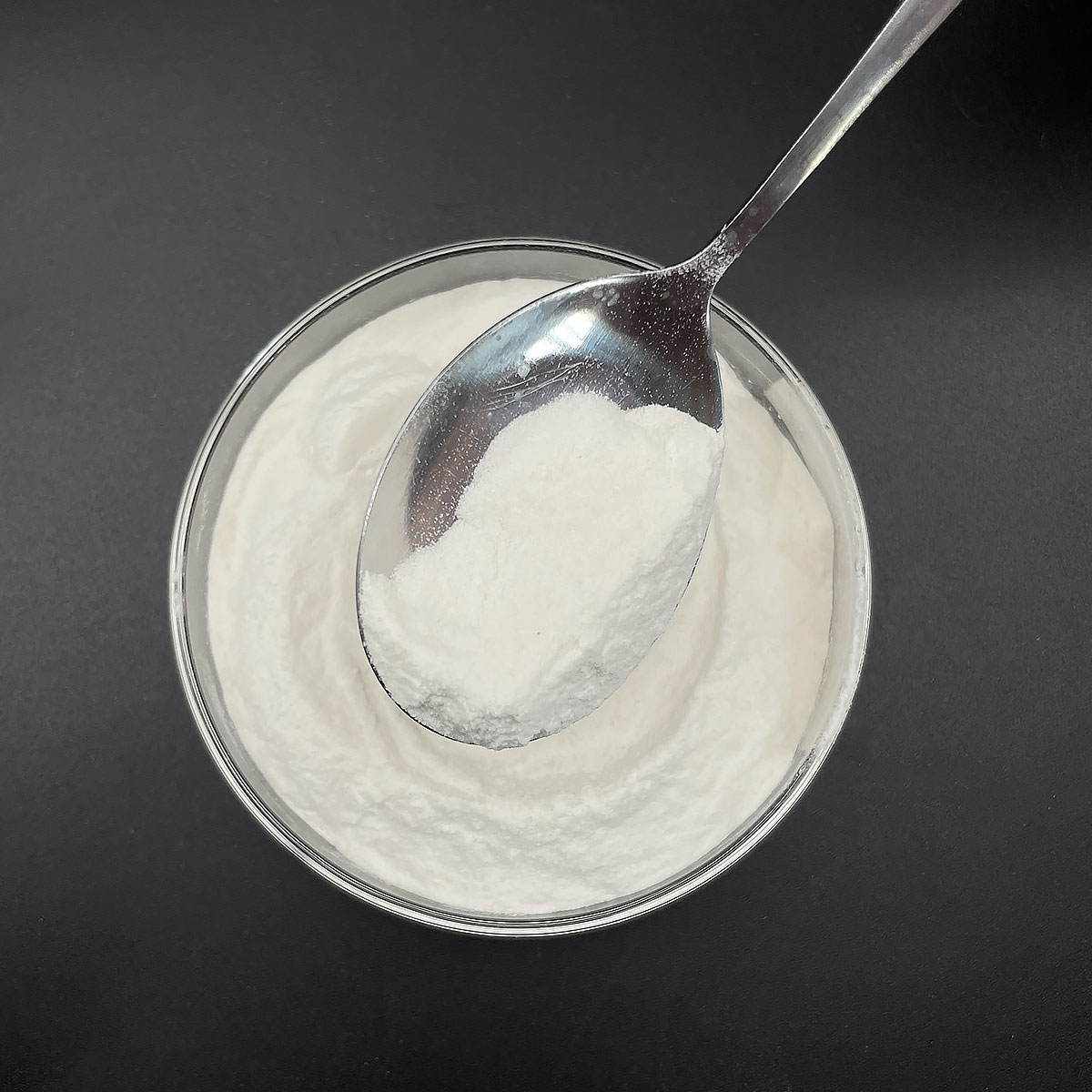Overview of Cocamidopropyl Betaine Amphoteric Surfactant for Shampoo
Amphoteric surfactants are a unique class of surface-active agents that possess both cationic and anionic properties, depending on the pH of the system they are in. They contain both a positively charged group (like a quaternary ammonium salt) and a negatively charged group (such as a carboxylate or sulfonate), which can ionize depending on the surrounding conditions. This dual nature grants them exceptional versatility, making them effective in a wide range of pH environments and compatible with other surfactant types. They are known for their mildness and excellent dermatological compatibility, rendering them particularly suitable for personal care applications.
Features of Cocamidopropyl Betaine Amphoteric Surfactant for Shampoo
-
pH Responsiveness: Their charge varies with pH, becoming cationic in acidic conditions and anionic in alkaline, with a zwitterionic (neutral) state at the isoelectric point.
-
Mildness: Known for being gentle on skin and eyes, making them ideal for sensitive applications like baby care and personal hygiene products.
-
Foaming Properties: Can generate rich, stable foam even in hard water conditions, enhancing their use in cleaning products.
-
Emulsification: Efficient emulsifiers capable of forming both oil-in-water (O/W) and water-in-oil (W/O) emulsions, depending on the formulation and pH.
-
Compatibility: Because they have both anionic and cationic properties, they are compatible with other types of surfactants and can work synergistically to enhance cleaning effects.
-
Biodegradability: Many amphoteric surfactants are readily biodegradable, contributing to their environmentally friendly profile.

(Cocamidopropyl Betaine Amphoteric Surfactant for Shampoo)
Specification of Cocamidopropyl Betaine Amphoteric Surfactant for Shampoo
Cocamidopropyl Betaine (CAPB) is a surfactant made use of in shampoos. It comes from coconut oil. This active ingredient cleanses hair gently. It works well with various other surfactants. It makes hair shampoo foam much better. People with sensitive skin commonly prefer it. It does not irritate eyes or skin a lot.
CAPB has a well balanced pH. This helps keep hair’s all-natural pH stable. It blends quickly with water. It remains clear in fluid form. It works in different water types. Hard or soft water does not affect it a lot. It remains efficient in various temperature levels.
This surfactant binds to dust and oil. It raises them from hair. Rinsing eliminates them conveniently. It leaves hair tidy without dry skin. It adds moderate conditioning. Hair really feels softer after usage. It protects against fixed and tangles.
CAPB is compatible with numerous components. It mixes with sulfates like SLS or SLES. It decreases the harshness of these sulfates. It deals with silicones and polymers too. It assists support formulas. Products remain constant over time.
Suppliers make use of CAPB at 5-30% concentration. Precise levels depend on the formula. It matches clear or opaque hair shampoos. It stays secure in a lot of formulations. Storage in cool, completely dry areas is ideal. Straight sunshine or warm ought to be avoided.
Security tests reveal reduced poisoning. It is biodegradable. Allergies are uncommon. Accreditations like ECOCERT or COSMOS authorize it. These satisfy all-natural or organic requirements.
CAPB enhances hair shampoo efficiency. It stabilizes cleaning and gentleness. It boosts foam without severe chemicals. Hair stays clean and convenient. Scalp inflammation risks drop. Solutions come to be more straightforward.
The component fits daily-use items. It helps all hair types. Fine, thick, curly, or straight hair benefits. Color-treated hair stays safeguarded. It is a common choice for moderate hair shampoos. Child hair shampoos commonly include it.
Dealing with CAPB calls for basic precautions. Handwear covers and goggles are advised during mixing. Proper air flow ensures safety and security. Spills should be cleansed quickly. Disposal follows regional regulations.

(Cocamidopropyl Betaine Amphoteric Surfactant for Shampoo)
Applications of Cocamidopropyl Betaine Amphoteric Surfactant for Shampoo
Cocamidopropyl Betaine (CAPB) is a key component in several shampoos. It originates from coconut oil. It works as a mild cleanser. It helps get rid of dust and oil from hair. It does this without creating irritability. This makes it suitable for sensitive skin. It likewise balances the formula’s pH. This maintains hair healthy and balanced and workable.
CAPB boosts foam in hair shampoos. Rich soap makes the product feel reliable. Individuals link foam with tidiness. It supports bubbles even in tough water. This guarantees constant performance. It works well with various other surfactants. It softens harsher active ingredients like sulfates. This minimizes dry skin and scalp damage.
The component is mild on hair healthy proteins. It avoids removing natural oils. Hair remains moisturized and glossy. It decreases frizz and static. This is useful for completely dry or damaged hair. It likewise works as a conditioning agent. It smooths the hair follicle. This makes brushing easier. It decreases breakage during styling.
CAPB is compatible with many solutions. It mixes with thickeners and preservatives. It remains steady in different temperatures. This versatility assists suppliers. They can utilize it in various hair shampoo kinds. Examples include volumizing, moisturizing, or color-safe products.
It is risk-free for frequent usage. It does not build up on hair. Rinsing fasts and complete. It leaves no residue. This maintains hair light and bouncy. It is likewise green. It damages down normally after disposal. It is non-toxic to marine life.
Numerous brands pick CAPB for its convenience. It fulfills need for gentle yet reliable items. It satisfies customers avoiding extreme chemicals. It prevails in infant hair shampoos. It is also used in organic or sulfate-free lines. Its mildness suits post-treatment treatment. This consists of after coloring or keratin treatments.
The ingredient supports lasting practices. It is usually derived from renewable sources. Production entails fewer dangerous byproducts. This lines up with environment-friendly charm fads. Formulators prioritize it for safety and security and performance. It continues to be a staple in modern-day hair care.
Company Profile
SurfactantChina is a trusted global chemical material supplier & manufacturer with over 12-year-experience in providing super high-quality surfactant and relative products.
The company has a professional technical department and Quality Supervision Department, a well-equipped laboratory, and equipped with advanced testing equipment and after-sales customer service center.
If you are looking for high-quality surfactant and relative products, please feel free to contact us or click on the needed products to send an inquiry.
Payment Methods
L/C, T/T, Western Union, Paypal, Credit Card etc.
Shipment
It could be shipped by sea, by air, or by reveal ASAP as soon as repayment receipt.
5 FAQs of Cocamidopropyl Betaine Amphoteric Surfactant for Shampoo
What is Cocamidopropyl Betaine?
Cocamidopropyl Betaine is a surfactant made from coconut oil. It cleans dirt and oil from hair. It creates foam in shampoos. It works in different pH levels. It is mild compared to other surfactants.
Why use Cocamidopropyl Betaine in shampoo?
It cleans without harshness. It reduces irritation from stronger surfactants. It thickens shampoo formulas. It balances foam texture. It suits sensitive scalps. It is common in baby shampoos.
Is Cocamidopropyl Betaine safe?
Most people tolerate it well. Rare cases report skin irritation. Patch tests help check sensitivity. Regulatory agencies approve it for cosmetics. Vegan certifications like ECOCERT exist. Avoid it if allergic to coconut derivatives.
Does Cocamidopropyl Betaine harm the environment?
It biodegrades faster than synthetic surfactants. Wastewater treatment breaks it down effectively. It is less toxic to aquatic life. Sourcing coconut oil impacts sustainability. Brands often prioritize responsibly farmed ingredients.
How does Cocamidopropyl Betaine compare to sulfates?
Sulfates like SLS strip natural oils harshly. Cocamidopropyl Betaine cleans gently. It maintains scalp moisture. It produces softer foam. It pairs well with sulfate-free formulas. It minimizes dryness after washing.

(Cocamidopropyl Betaine Amphoteric Surfactant for Shampoo)






